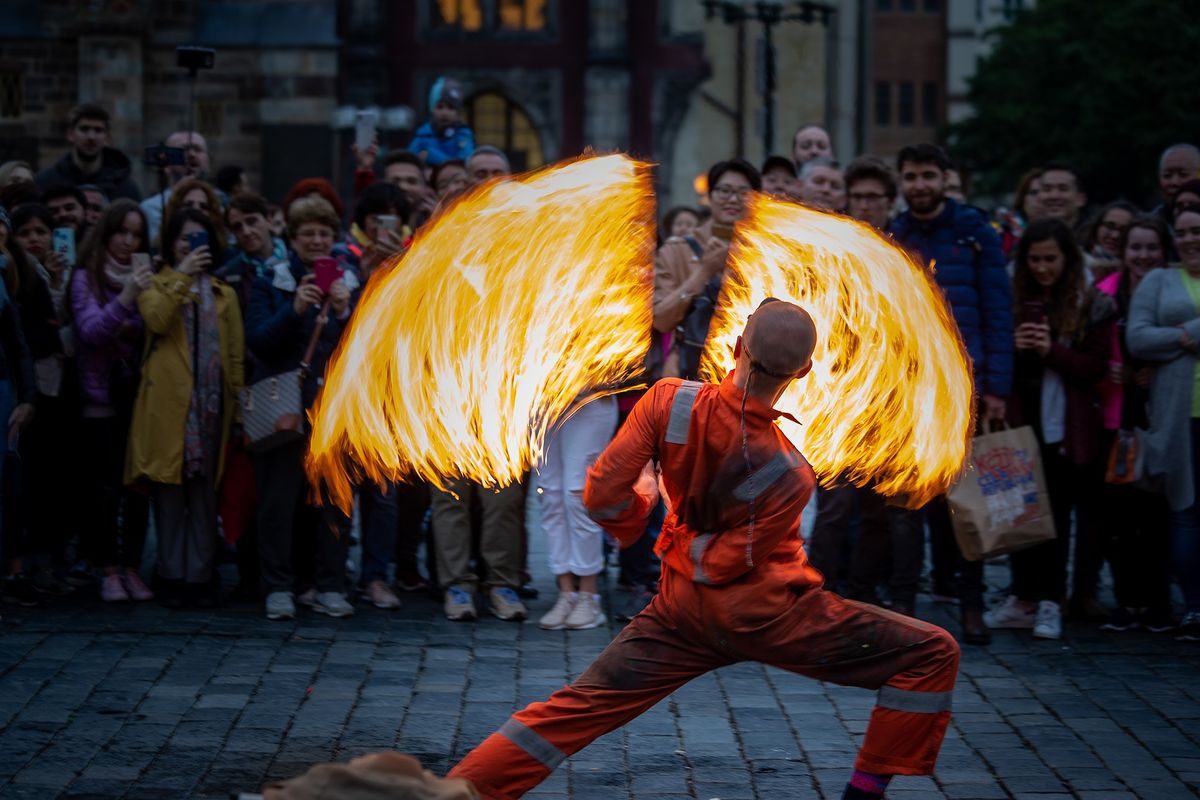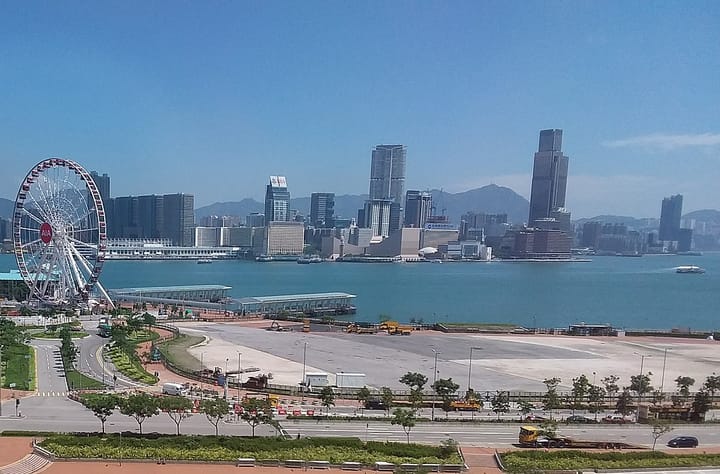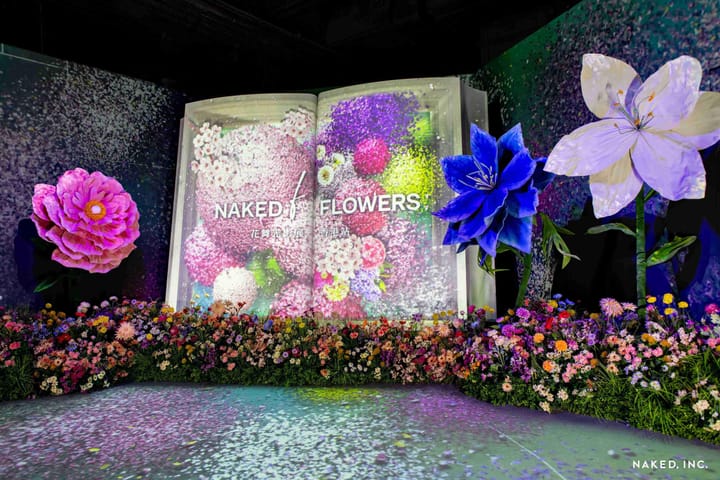Get a closer look at the art of fire spinning and fire performance

A few minutes every morning is all you need.
Stay up to date on the world's Headlines and Human Stories. It's fun, it's factual, it's fluff-free.
Fire spinning dates back centuries, and the Polynesians were one of the first pioneers of fire performance – or poi – for rituals, celebrations, festivals, theatrical storytelling and self-expression. Tribes from across the globe have engaged in fire performance, including the Aztecs in Mexico. They dedicated this ancient practice to Xiuhtecuhtli, the god of fire, as far back as the 13th century. Fast forward to more recent versions of fire spinning, and we see fire performance practiced in tourist attractions like Hawaii and even bigger cultural gatherings like Burning Man.
To this day, people practice fire spinning in various ways to uphold traditions and entertain. With everything from fire poi to fire hoops, dragon staffs and meteor darts, an assortment of distinctive fire props are still evolving worldwide. As a result, the history of fire spinning has gone through decades of different adaptations and developments.
While some traditions remain the same, newer practices have branched off from the original forms into something more in tune with the modern world.
The spread of the flow arts
As global communities became familiar with this cultural practice, people worldwide developed an appreciation for the art of fire performance. Through decades of fire dancing, fire spinning and even fire eating, endless versions of self-expression through this art form evolved within modern day fire performance. By borrowing old traditions and mixing them in with new styles, an evolution of the traditional ways of fire spinning took place.
The term “flow arts” helped define a new collective of artists influenced by both the concept of fire spinning as well as the variety of movement-based disciplines that came with it. Generally, flow arts is used to describe the performance of various movements like fire spinning, juggling, hooping, object manipulation and more.
This creative process often strives for achieving a state of present-moment awareness, or what practitioners would call the “flow-state.” This idea of movement therapy and the therapeutic benefits that comes along with flow arts is one of many reasons why this modern dance form has become so popular.
Fire spinning today
What started off as a ball of fire attached to the end of a string has evolved into an endless array of LED props that take standard fire spinning equipment to another level. Thanks to modern day technology and the influence of rave culture, flow arts became a popular pastime in everyday life – not just limited to large, organized performances.
Today we see many communities gathering, just like they did centuries ago, to not only practice flow arts with different props but also to socialize and create within an intimate community of diverse artists.
The ripple effects of renowned gatherings like Burning Man was one of the initial sparks that nurtured the mainstream growth of this fire culture. As Burning Man shifted out to Nevada’s Black Rock Desert, attendees from around the world were able to experience some of the best fire performances as well as one of the biggest social fire gatherings that’s ever existed.
The scale at Burning Man is unlike any other, and as the event grew in popularity, groups referred to as “Fire Conclaves” began emerging into the scene. Select fire groups would come together to compose and create a choreographed routine or dance to “honor the Man,” with one of the largest fire performances in the world.
Connecting communities and allowing people to express themselves through fire performance is clearly something that’s catching on in popularity, and we’re beginning to see how much the culture has taken over – especially within the electronic dance scene.
While this dangerous, yet entrancing lifestyle is still often misunderstood, the fire behind the culture remains lit as we unify the traditional values of fire performing with the new.
Have a tip or story? Get in touch with our reporters at tips@themilsource.com




Comments ()